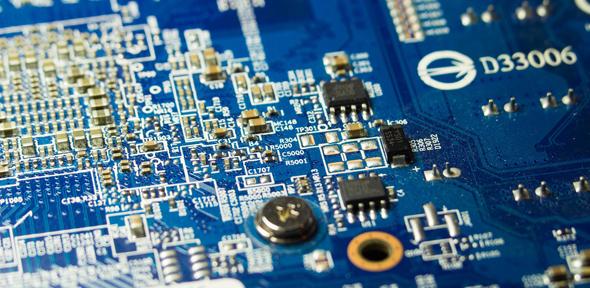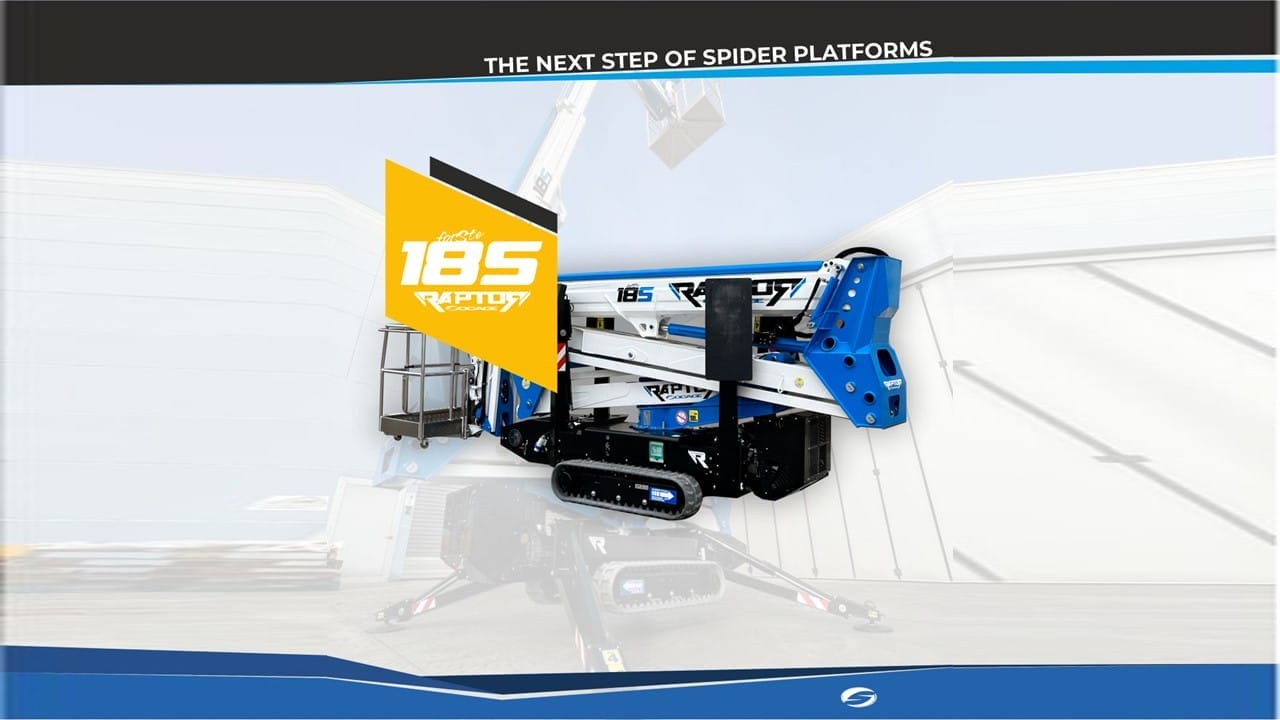No Batteries for Ultralow Power Transistors
As the world continues to benefit from technologies which are dependent on power, like devices in the Internet of Things, the quest for systems that promote low power becomes tough. Laboratories around the world both from the academe and business sectors develop different methods that will change the devices forever. And it looks like University of Cambridge is ahead of everyone.
Engineering professors from Cambridge’s Department of Engineering, Dr Sungsik Lee and Arokia Nathan, were able to produce a new form of transistor that can be used in a wide range of electronics like wearable devices and implantable devices with the low power it has. Their research entitled “Subthreshold Schottky-barrier thin-film transistors with ultralow power and high intrinsic gain” is published in the journal Science.

The ultralow power transistor, the pair developed could be used for months or even years without using a battery, but gets it energy through ‘scavenging’ from the environment.
To better understand how it works, the new transistor uses a similar principle of a computer in sleep mode, wherein it harnesses a tiny ‘leakage’ of electrical current, or near-off-state current, for its operations. Transistors usually have this quality but this is the first time that the leak has been effectively captured and used functionally.
What’s more amazing about the new transistor is that it can be made at low temperatures and with almost any material, like glass, plastic, polyester, or paper. The ultralow power transistors are based on a unique geometry which uses the ‘Schottky barrier’, or the point of contact between the metal and semiconducting components of a transistor.

Much of the discovery of this important work came from challenging the conventional perception of a how a transistor should be, according to Nathan. He said, “We’ve found that these Schottky barriers, which most engineers try to avoid, actually have the ideal characteristics for the type of ultralow power applications we’re looking at, such as wearable or implantable electronics for health monitoring.”
Some will think that the greatest challenge with making the ultralow power transistors lies in producing them at the smallest of sizes. This is actually eliminated.
When transistors become smaller, their two electrodes affect the behaviour of the other. The voltages spread, which means that there is a limit to how small it could be as the transistor is doomed to fail when it goes beyond that size. But this change of design, especially when it involved the Schottky barriers, has allowed to keep the electrodes independent from one another – hence the transistors can be scaled down further than the conventional ones.
Transistors usually achieve low levels of gain, or signal amplification, but not this one. It can operate with less than a volt and consume power below a billionth of a watt – true to its ‘ultralow power transistor’ name. The implication of this quality is its highlight on function rather than speed, which is what The Internet of Things is all about.

Dr. Lee further explained the scale, “If we were to draw energy from a typical AA battery based on this design, it would last for a billion years.” He also said that the using the Schottky barrier allows them to keep the electrodes from interfering with each other, in order to amplify the amplitude of the signal even at the state where the transistor is almost switched off.
Professor Gehan Amaratunga, Head of the Electronics, Power and Energy Conversion Group at Cambridge’s Engineering Department, applaud the invention, and described it to be an ingenious transistor concept.
He added, “This type of ultra-low power operation is a pre-requisite for many of the new ubiquitous electronics applications, where what matters is function – in essence ‘intelligence’ – without the demand for speed. In such applications the possibility of having totally autonomous electronics now becomes a possibility. The system can rely on harvesting background energy from the environment for very long term operation, which is akin to organisms such as bacteria in biology.”
Article Sources
















